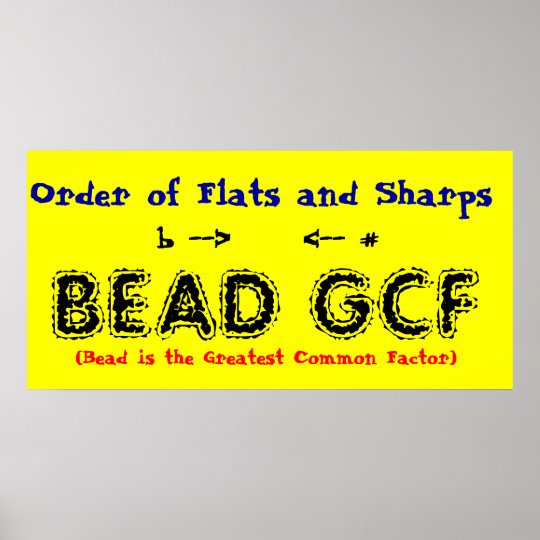
Remembering that these letter names spell the word “face” may make identifying these spaces easier. The letter names for the lines with a treble clef.Įxample 2 shows the letter names used for the spaces of a staff with a treble clef. For this reason, it is sometimes called the “G clef.” Example 1. As seen in Example 1, the treble clef wraps around the G line (the second line from the bottom). One mnemonic device that may help you remember this order of letter names is “Every Good Bird Does Fly” (E, G, B, D, F). Example 1 shows the letter names used for the lines of a staff when a treble clef is employed. The treble clef is one of the most commonly used clefs today. Memorizing the patterns for each clef will help you read music written for different voices and instruments. The alto clef is primarily used for the viola, a mid-ranged instrument, while the tenor clef is sometimes employed in cello, bassoon, and trombone music (although the principal clef used for these instruments is the bass clef).Įach clef indicates how the lines and spaces of the staff correspond to pitch.

The bass clef is usually utilized for lower voices and instruments, such as a bassoon, cello, trombone, or bass voice.

The treble clef is typically used for higher voices and instruments, such as a flute, violin, trumpet, or soprano voice. In the next chapter, The Keyboard and the Grand Staff, we will see that having multiple clefs makes reading different ranges easier. A clef indicates which pitches are assigned to the lines and spaces on a staff. The Notation of Notes, Clefs, and Ledger Lines chapter introduced four clefs: treble, bass, alto, and tenor. These theorists used more than seven letters of the Greek alphabet to name pitches. For example, some ancient Greek music theorists did not accept octave equivalence. More information about this concept can be found in the next chapter, The Keyboard and the Grand Staff.

This loop of letter names exists because musicians and music theorists today accept what is called octave equivalence, or the assumption that pitches separated by an octave should have the same letter name. After G these letter names repeat in a loop: A, B, C, D, E, F, G, A, B, C, D, E, F, G, A, B, C, etc. In Western musical notation, pitches are designated by the first seven letters of the Latin alphabet: A, B, C, D, E, F, and G.


 0 kommentar(er)
0 kommentar(er)
